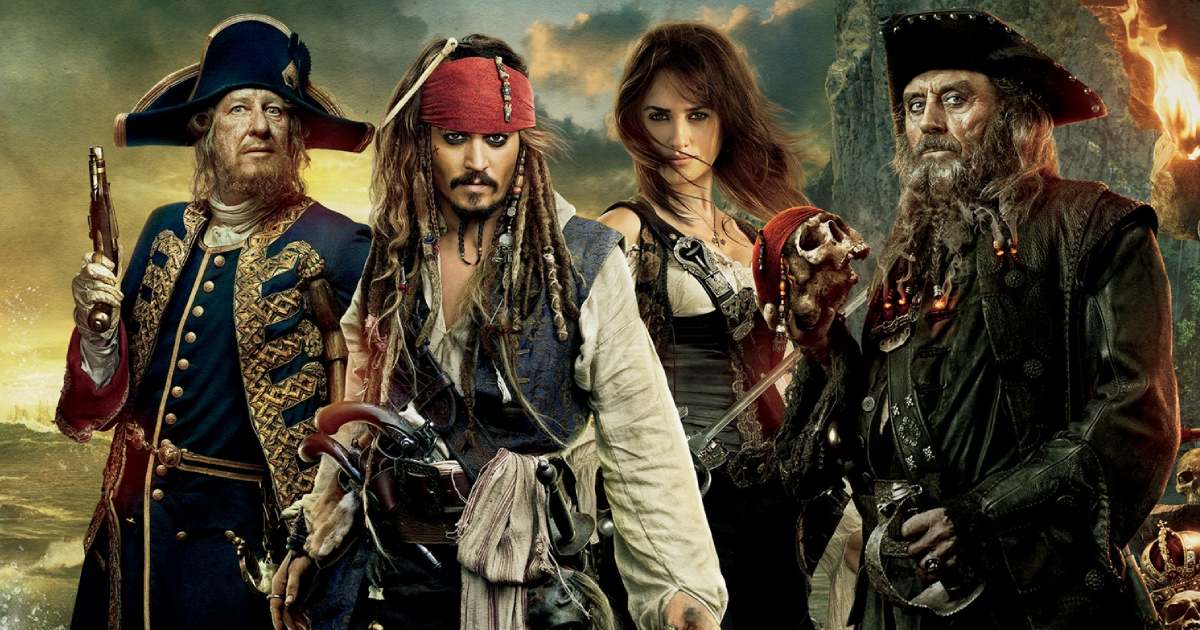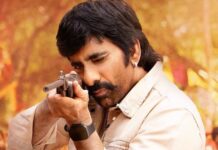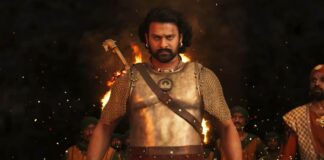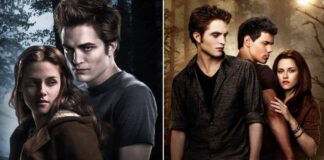
One of cinema’s most iconic moments, the farewell between Rick and Ilsa in Casablanca, wasn’t quite what it seemed. That fog-laden scene, with Humphrey Bogart’s Rick and Ingrid Bergman’s Ilsa standing in front of a plane poised for takeoff, has etched itself into the DNA of film history as a powerful and timeless image. But behind the magic, a surprising truth about its production emerges, even to this day.
The Foggy Goodbye That Fooled Everyone
Casablanca, filmed during the Second World War, had to contend with the strict limitations imposed by wartime conditions. One of those restrictions was filming at an airport after dark, a challenge that would have doomed the desired final scene.
With a budget stretched thin and time constraints in full swing, the production turned to ingenuity. The “airport” was actually a carefully crafted set, created right on a Warner Bros. soundstage. However, the plane in the background wasn’t even a real aircraft but a scaled-down cardboard version.
Trending
The filmmakers, to sell the illusion, brought in little people to act as mechanics, using forced perspective to make the plane seem enormous in comparison. And with the help of artificial fog to obscure any finer details, the trickery was complete. This clever staging became a hidden gem in the film’s rich legacy. This fact was revealed through various behind-the-scenes accounts like Casablanca – You Must Remember This… and Aljean Harmetz’s book Round Up the Usual Suspects.
Casablanca Was Just The Beginning
What’s even more intriguing is that Casablanca wasn’t the only film to experiment with this technique. In Alien (1979), Ridley Scott used forced perspective during the iconic “space jockey” sequence. Rather than building an enormous prop, he dressed his sons and a friend in scaled-down spacesuits and placed them against the set. The clever trick made the cockpit and the creature appear far larger than they actually were, amplifying the sense of scale and mystery.
Forced perspective wasn’t limited to classics like Casablanca and Alien. In Disney’s Darby O’Gill and the Little People (1959), filmmakers used it to place leprechauns convincingly beside human actors by altering size perception. Decades later, Peter Jackson relied on the same technique throughout The Lord of the Rings trilogy. From moving sets to split lenses, these tricks helped maintain the illusion of Hobbits being much smaller than the humans around them.
Advertisement
For more such stories, check out Hollywood News
Must Read: Brad Pitt Reportedly Ready To Marry Ines de Ramon—Will This Be His Third Time’s Charm?
Follow Us: Facebook | Instagram | Twitter | YouTube | Google News



 Follow Us
Follow Us











